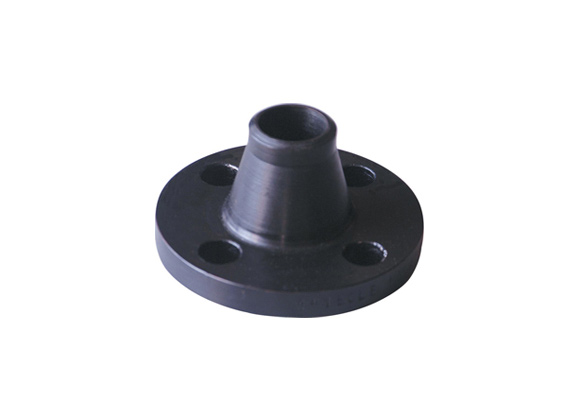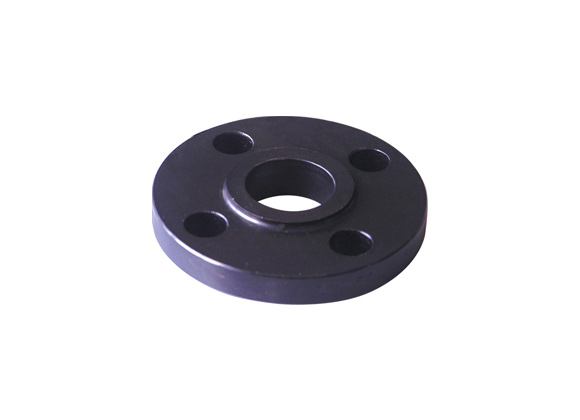When working with piping systems, one frequently encounters flanges—integral components that connect pipes, valves, pumps, and other equipment to form a pipeline. Among the many standards that dictate the design and manufacture of these flanges, ASTM (American Society for Testing and Materials) and ASME (American Society of Mechanical Engineers) are two of the most prominent. While they often appear similar, understanding the differences between ASTM and ASME flanges is crucial for ensuring compatibility, safety, and performance in industrial applications.
To fully appreciate the differences between ASTM and ASME flanges, it's important to first understand what these organizations represent. ASTM International, originally known as the American Society for Testing and Materials, develops and publishes technical standards for a wide range of materials, products, systems, and services. These standards are used globally to improve product quality and safety.
On the other hand, ASME, the American Society of Mechanical Engineers, focuses on setting codes and standards that govern the design, construction, and inspection of mechanical systems. ASME standards are particularly prevalent in industries such as pressure vessels, boilers, and piping systems, where the integrity of the system is critical.
One of the primary differences between ASTM and ASME flanges lies in their material specifications. ASTM standards are primarily concerned with the properties of materials, defining the chemical composition, mechanical properties, and testing procedures required for a material to be classified under a specific grade. For instance, ASTM A105 is a standard that specifies the requirements for carbon steel forgings used in piping components.
ASME, however, extends beyond material specifications to include design criteria and stress calculations. ASME flanges must not only meet the material requirements but also conform to specific dimensions, pressure ratings, and testing protocols outlined in the ASME Boiler and Pressure Vessel Code (BPVC) or the ASME B16 series of standards. This means that while an ASTM flange might meet the material requirements, it may not automatically meet the dimensional and performance criteria required by ASME standards.
Another key distinction between ASTM and ASME flanges is the approach to pressure and temperature ratings. ASME standards provide detailed guidelines for determining the maximum allowable stress values for different materials at varying temperatures and pressures. These ratings are critical for ensuring that the flange can withstand the operating conditions without failure.
ASTM standards, on the other hand, do not typically include detailed pressure and temperature ratings. Instead, they focus on ensuring that the material itself can endure certain stress levels based on its composition and mechanical properties. This means that an ASTM flange might require additional validation to ensure it meets the pressure and temperature requirements of a specific application, whereas an ASME flange is already designed with these factors in mind.
The choice between ASTM and ASME flanges often comes down to the specific application and industry requirements. ASME flanges are typically used in industries where safety and regulatory compliance are paramount, such as in power plants, refineries, and chemical processing facilities. The stringent design and testing criteria ensure that these flanges can operate under extreme conditions without compromising the integrity of the system.
ASTM flanges, while still of high quality, are often used in less critical applications where the primary concern is material compatibility rather than adherence to strict design codes. This might include applications in water treatment, HVAC systems, and general piping where the operating conditions are less demanding.

A common question that arises is whether ASTM and ASME flanges are interchangeable. The answer is not straightforward, as it depends on the specific standards and requirements in question. In some cases, ASTM flanges may be used in place of ASME flanges if they meet the necessary material and dimensional criteria. However, this is not always the case, particularly in applications where precise pressure and temperature ratings are essential.
For instance, an ASTM A105 flange might physically match the dimensions of an ASME B16.5 flange, but it would still need to be verified against the ASME pressure-temperature ratings to ensure it can perform adequately in the intended application. Therefore, while there is some overlap between the two standards, it is crucial to consult the relevant codes and specifications to determine whether a particular flange is suitable for a given application.
Choosing between ASTM and ASME flanges is not merely a matter of preference but a decision that can have significant implications for the safety and performance of a piping system. Understanding the differences between these standards—whether it's in terms of material specifications, design criteria, or pressure and temperature ratings—enables engineers and designers to make informed decisions that align with the requirements of their specific application.
In critical industries where regulatory compliance and safety are non-negotiable, ASME flanges are often the preferred choice due to their rigorous design and testing standards. In contrast, ASTM flange may be more suitable for applications where material properties are the primary concern, and the operating conditions are less extreme.
Ultimately, the right flange for your project will depend on a careful consideration of these factors, ensuring that you meet both the technical requirements and the safety standards necessary for a successful and reliable installation.

 Call us on:
Call us on:  Email Us:
Email Us:  No.68 Hezuo Road, Shijiazhuang City, Hebei Province, China
No.68 Hezuo Road, Shijiazhuang City, Hebei Province, China 